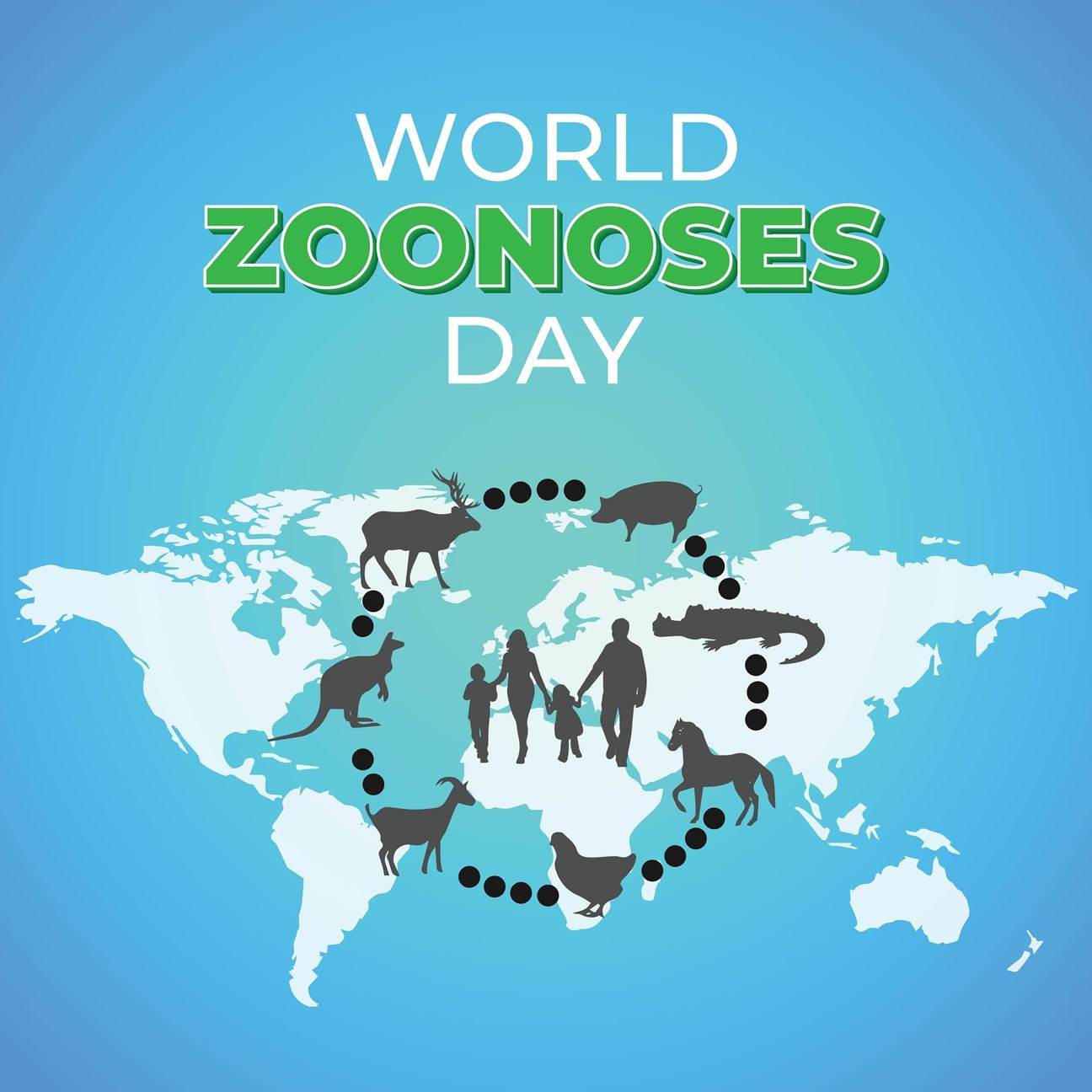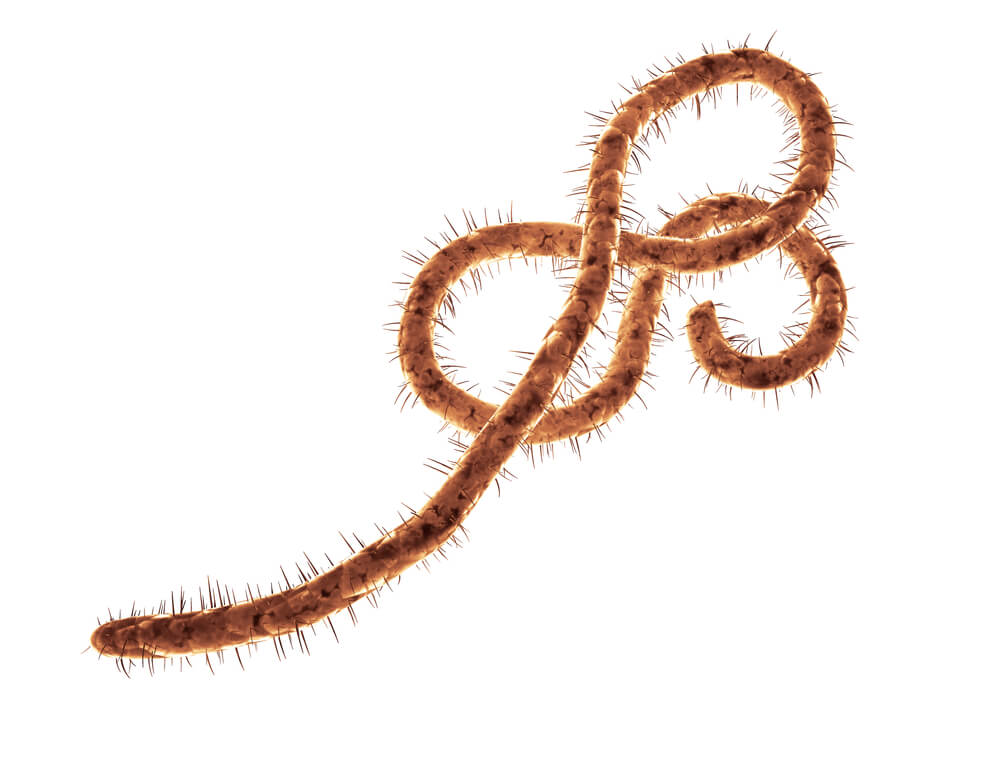The interconnectedness of humans and animals on World Zoonoses Day. Learn about zoonotic diseases, their impact, and how to prevent their spread for a healthier future for both humans and animals.
Every year, on July 6th, World Zoonoses Day serves as a reminder of the critical need to raise awareness about zoonotic diseases and the importance of maintaining a harmonious relationship between humans and animals. Zoonoses, which are diseases that can be transmitted from animals to humans, pose significant health risks and can have severe consequences on both human and animal populations. On this occasion, let us delve into the world of zoonoses, explore their impact, and discover ways to prevent their spread.

What are Zoonotic Diseases?
Zoonotic diseases, also known as zoonoses, are infectious diseases caused by pathogens such as bacteria, viruses, fungi, or parasites that can be transmitted between animals and humans. These diseases can spread through direct contact with an infected animal or by exposure to contaminated food, water, or environments. Zoonoses encompass a wide range of illnesses, including rabies, Ebola, avian influenza, Lyme disease, and many others.
The Interconnectedness of Humans and Animals
The world is an intricate web of interconnectedness, and humans and animals share a complex relationship. Our lives are closely intertwined with the animal kingdom, whether through companionship, agriculture, or wildlife interactions. While this connection brings us many benefits, it also exposes us to the risk of zoonotic diseases. Factors such as urbanisation, deforestation, climate change, and the global wildlife trade have increased the likelihood of zoonotic disease outbreaks.

Preventing Zoonotic Diseases
Prevention is key when it comes to zoonotic diseases. Here are some important steps that can be taken to minimise the risk of transmission:
One Health Approach: Adopting a "One Health" approach that recognises the interconnectedness of human, animal, and environmental health is crucial. Collaboration between human health professionals, veterinarians, environmentalists, and policymakers is vital in understanding, preventing, and responding to zoonotic diseases effectively.
Vaccinations and Regular Health Check-ups: Vaccinating animals against zoonotic diseases, such as rabies, is essential. Regular veterinary check-ups, particularly for livestock and pets, can help detect and prevent the spread of diseases.
Proper Hygiene Practices: Practicing good hygiene is crucial to prevent the spread of zoonoses. Simple measures like regular handwashing, proper food handling, and safe disposal of animal waste can go a long way in reducing the risk of transmission.
Wildlife Conservation: Protecting natural habitats and biodiversity plays a crucial role in preventing zoonotic diseases. Preserving ecosystems helps maintain the balance between animals and their environments, reducing the chances of disease spillover.
Responsible Animal Ownership: Responsible pet ownership, including regular vaccinations, appropriate housing, and proper waste management, can help safeguard both human and animal health.
World Zoonoses Day is a reminder that the health of humans, animals, and the environment is interconnected. By understanding the risks associated with zoonotic diseases and implementing preventive measures, we can create a safer and healthier world for both humans and animals. Let us strive to foster a harmonious coexistence, ensuring the well-being of all living beings on our planet. Together, we can prevent the emergence and spread of zoonotic diseases and build a sustainable future for generations to come.